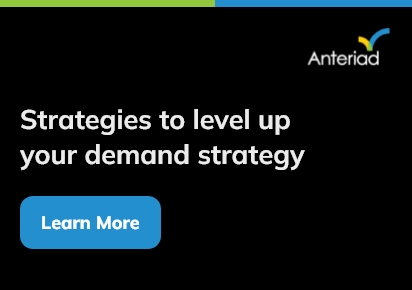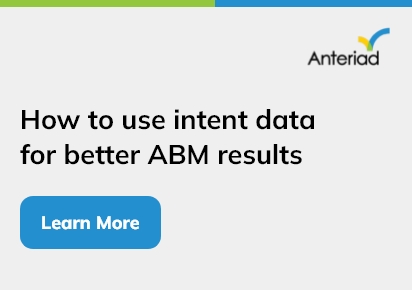Content Management Systems (CMS) are the cornerstones of many businesses’ online presence. They power websites, blogs, and e-commerce platforms, allowing you to create, manage, and publish content with ease. But this convenience comes with a responsibility: ensuring security in your CMS.
A hacked CMS can be disastrous. Imagine leaked customer data, defaced websites, or even complete loss of control. These scenarios can damage your reputation, erode customer trust, and cost you dearly. However, fear not. By following some best practices, you can significantly ensure security in your CMS.
Building a Security Stronghold: Best Practices for Your CMS
Here are some key steps to take to fortify your CMS and minimize security risks.
Keep Your Software Updated
Software updates often include critical security patches that address vulnerabilities. Regularly update your CMS core, plugins, and themes to stay ahead of potential threats.
Embrace Strong Passwords
This might seem obvious, but it’s worth emphasizing. Enforce strong password policies for all CMS users, and avoid using generic passwords like “admin123.” Consider implementing multi-factor authentication (MFA) for an extra layer of protection.
Limit User Access
The principle of least privilege applies here. Grant users only the access level they need to perform their tasks. This minimizes the damage if a hacker compromises a user account.
Secure Your Login Page
Make it harder for unauthorized access. Utilize strong encryption (HTTPS) for the login page and consider implementing login throttling to limit the number of login attempts after a certain timeframe.
Regular Backups
Security breaches happen. Regularly backing up your CMS data ensures you can restore your website in case of an attack or accidental data loss.
Stay Vigilant
Ensuring security in your CMS is an ongoing process. Stay informed about the latest security threats and trends. Consider using a web application firewall (WAF) for additional protection.
By following these best practices, you can create a more secure environment for your CMS. Remember, ensuring security in your CMS is not a one-time fix. It’s a continuous effort that requires vigilance and a proactive approach. Don’t wait for a security breach to take action – start building your digital fortress today.






